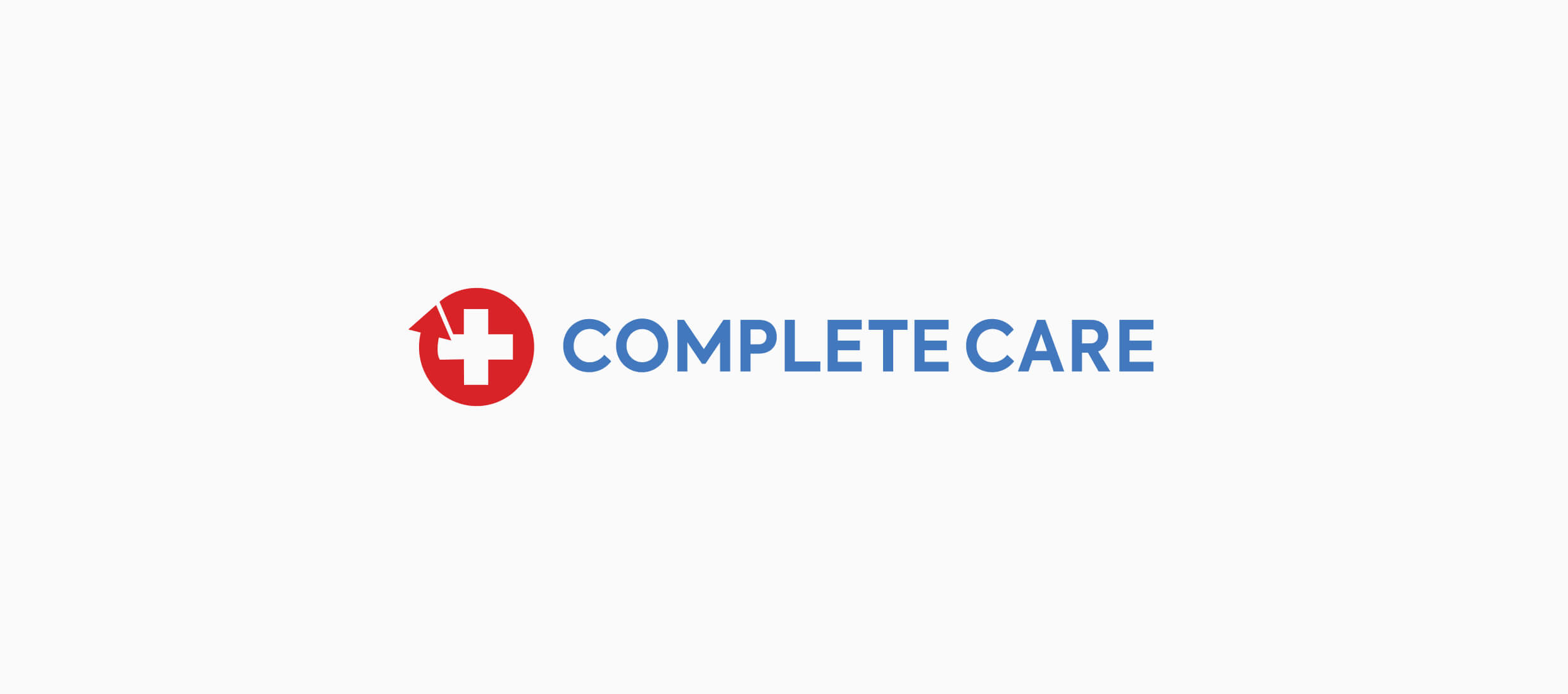What to Do if Your Child Has an Allergic Reaction
Allergic Reactions
•
Mar 18, 2015

 When a child has an allergic reaction, it is not only very scary, it can also be extremely serious. This is especially true if a condition known as anaphylaxis occurs. Here is some information on this issue, as well as what to do if it happens to your child.
When a child has an allergic reaction, it is not only very scary, it can also be extremely serious. This is especially true if a condition known as anaphylaxis occurs. Here is some information on this issue, as well as what to do if it happens to your child.
Signs of Anaphylaxis
Anaphylaxis is an allergic reaction that can trigger symptoms in the cardiovascular, respiratory or gastrointestinal systems, as well as the skin. Thankfully, though, it can be managed as long as it is treated promptly. These are some of the more common signs:
- Tightness in the throat, or a feeling that the airways are closing
- Coughing or nasal stuffiness
- Rapid pulse or heartbeat
- Redness, swelling, redness, tingling or itching of the skin
- Wheezing
- Vomiting, nausea or abdominal pain
- Difficulty speaking
Get Help Immediately
Anaphylaxis requires immediate treatment, because it can rapidly worsen to the point where it can become life threatening. Typically, doctors recommend that people who are prone to this condition carry epinephrine, a medication that quickly enters the bloodstream to treat symptoms. It is usually injected using a device about the size of a large pen, and is very easy for parents and older children to use.
If an allergic reaction occurs, inject the child with epinephrine right away and then call 911 or go to your nearest emergency medical center immediately. There could be a second wave of symptoms, so it is likely your child will be closely observed for a few hours to make sure everything is OK.
While an allergic reaction can be extremely alarming, taking fast action will be key to ensuring your child’s health. If you have any questions, contact your nearest Complete Care online.
